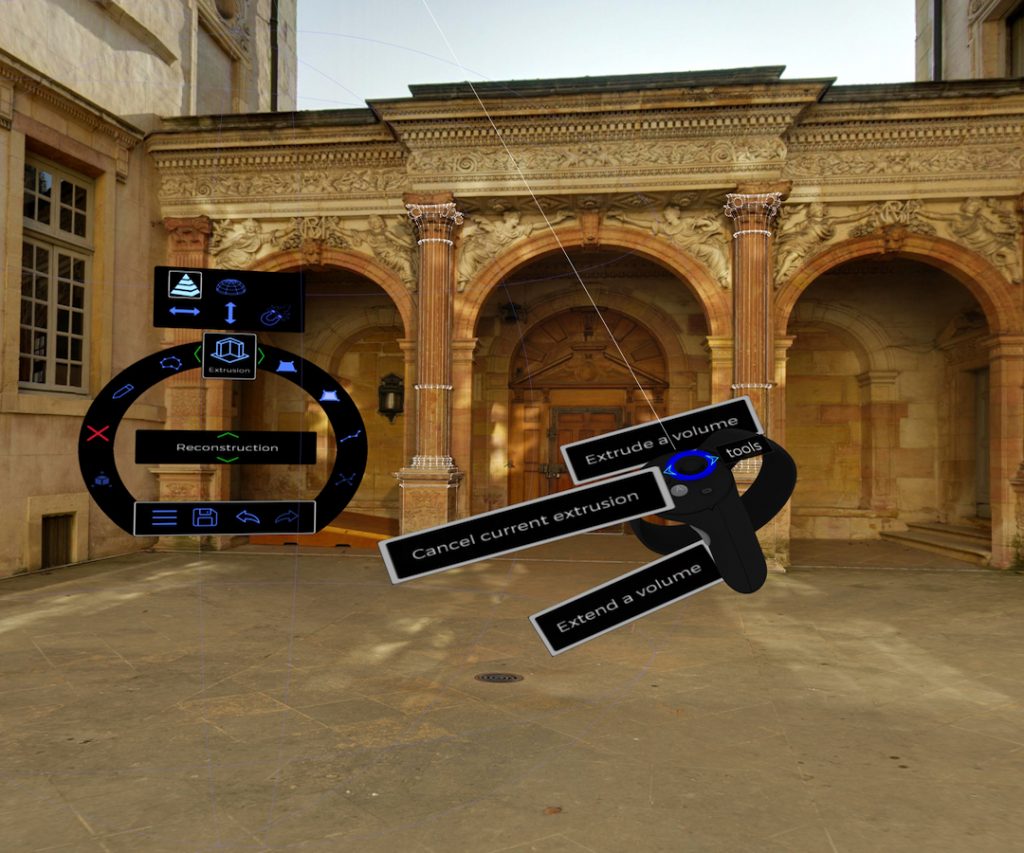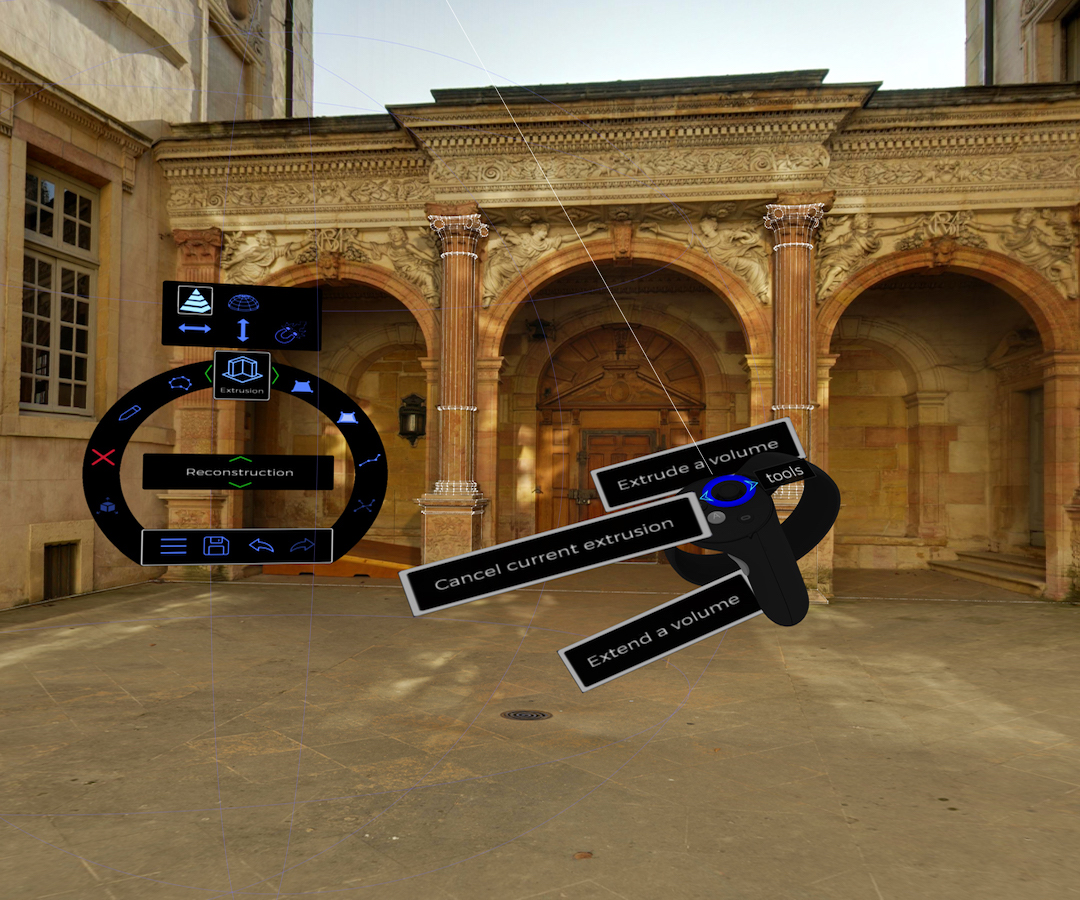
In October 2018, Switzerland-based 3-D-graphics software company Imverse released a public beta version of its LiveMaker modeling tool. This powerful virtual reality interface allows for the transformation of 2-D inputs into immersive 3-D environments.
While the use of VR in the field of architecture and design is by no means novel, it has primarily remained a tool for the final visualization of a project. LiveMaker not only allows the user to navigate and interact with spaces and objects within a rendered 3-D environment, but also facilitates the real-time manipulation of details such as geometry, color, and placement. Within the digitally rendered environment, specific details imported from 2-D images are easily replicated and moved about the space.
The foundation of Imverse’s ability to create this malleable VR interface is its proprietary voxel-based gaming engine. According to Benoît Perrin, head of marketing and communications, “most 3-D graphics today are based on polygons that complicate what should be the seamless creation of content, LiveMaker is the first application of a voxel engine as a 3-D modeling tool.” One of the more impressive tools stemming from the use of a voxel engine is the dynamic shading and lighting characteristics applied to objects–the shadow cast by a column at any time of day is immediately available.
How is the application most useful for architects and designers? The platform presents a number of positive implications for firms involved in historic restorations or reconfigurations of protected sites. For example, with 360-degree imaging of Austria’s Hellbrunn Palace, a user can interact with walls, columns, and other elements. If the user comes across a specific detail or object of interest, they can be copied and exported as 3-D models across different rendering platforms.
Going forward, features within LiveMaker will be upgraded and expanded by Imverse following feedback from users of the public beta release.
